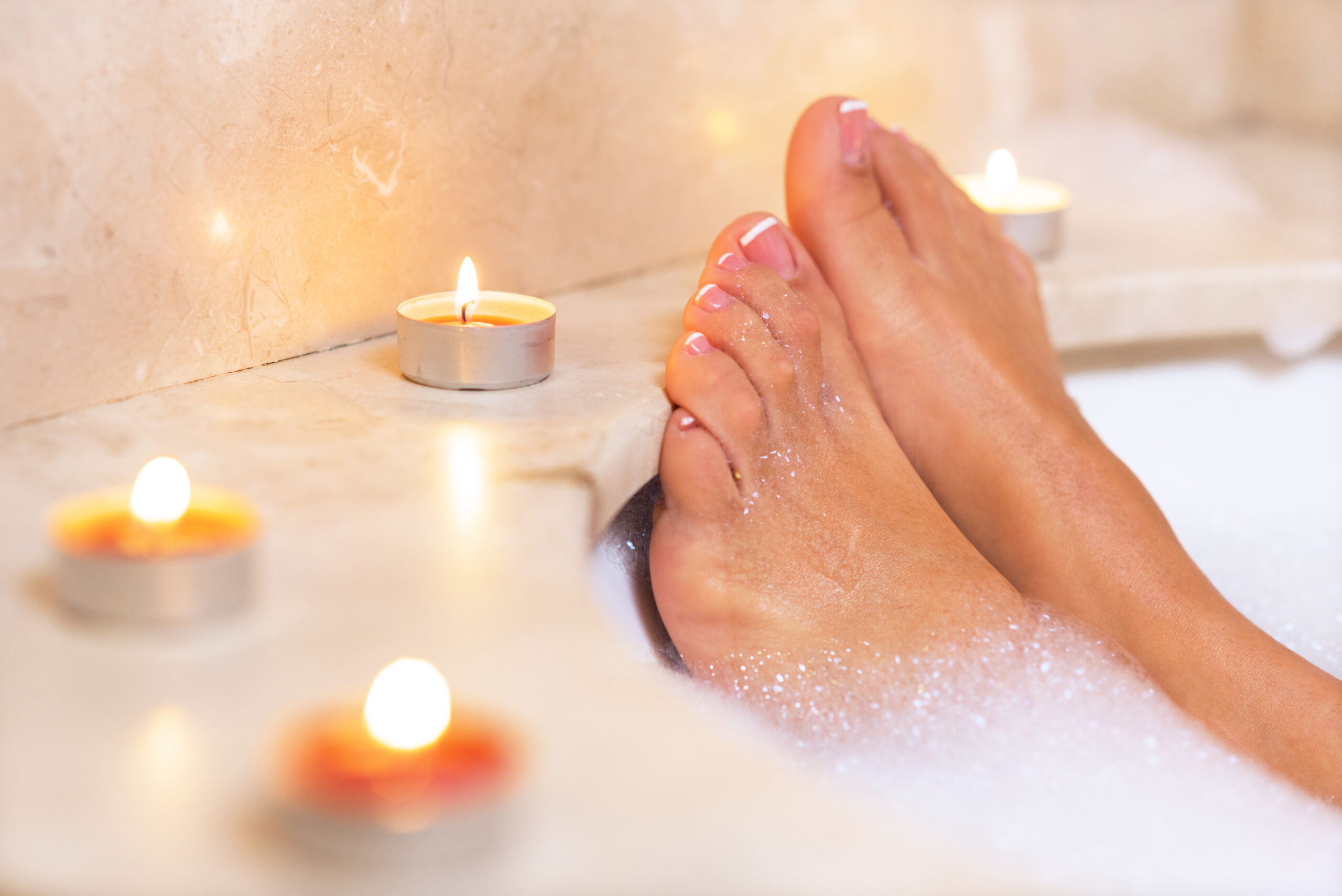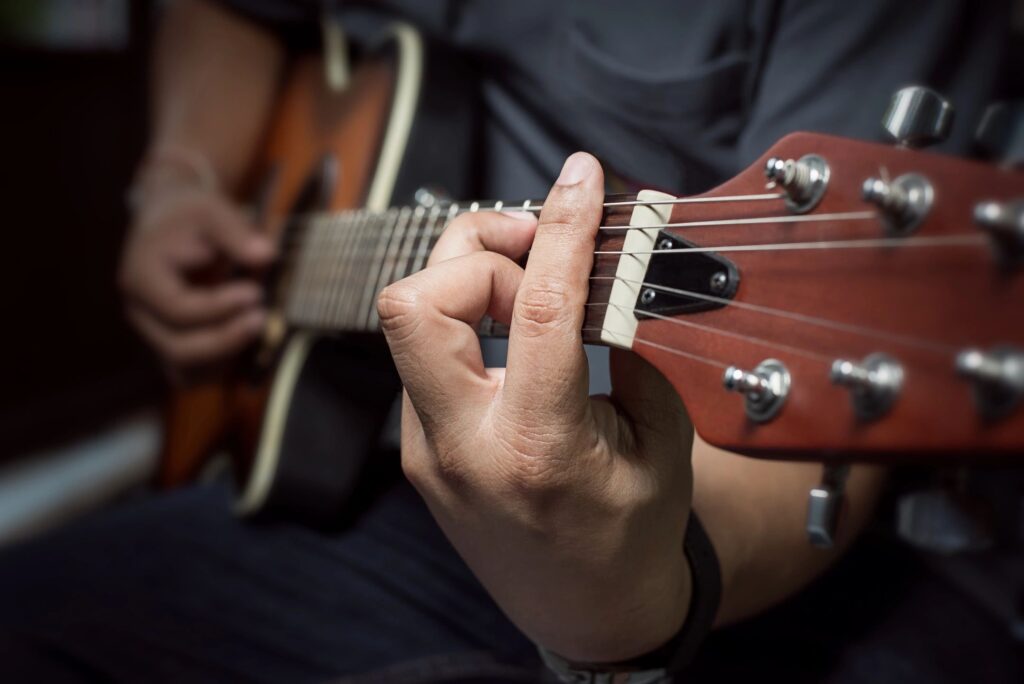
Many people struggle with anxiety and depression but are resistant to trying medications due to common unpleasant side effects. For folks with severe, chronic and debilitating symptoms, medication may end up being necessary, but for mild to moderate symptoms, there are many non-medication strategies that can really help.
I’m not a huge medication fan. I think they can be very useful but I also think that our society as a whole has a “quick fix” mentality which translates into taking a pill to feel better. In my opinion and experience, there are other methods to try before resorting to medication but of course these methods require some effort. Consider this useful analogy: while it’s much quicker, cheaper and convenient to eat fast food, it’s also a lot less nutritious, more processed, and will likely leave you feeling sluggish and tired. It’s much better for you to go to the grocery store, buy nutritious ingredients, and then take the time to prepare a meal. It’s better for your body and you feel better afterward. While it’s true that taking medication requires little effort, it’s also true that taking medication is not a risk-free situation and the side effects may not be worth it. The alternatives to taking medication are beneficial in many other ways and they are worth doing, without any side effects! Let me give you the basics about Anxiety and Depression so you can better understand how non-medication strategies work.

Both Anxiety and Depression are caused by a dysregulated nervous system resulting from trauma in one form or another. Chronic Anxiety is often the result of a combination of factors including genetics and trauma of some kind. The term Trauma can mean different things to different people, but basically a child who grows up in a household that feels unsafe most of the time in some way (physically and/or emotionally) will inevitably develop Anxiety. This type of childhood experience results in Complex Post Traumatic Stress Disorder (also known as C-PTSD) which is much more complicated than traditional PTSD because it involves the added layer of parental attachment. More on this topic in another blog. To help you further understand how Anxiety works, I’ll give you a basic idea of what happens in the body when we feel threatened: The Sympathetic nervous system goes into overdrive (you might have heard Fight/Flight/Freeze), and in this state, a cascade of physiological effects occur such as rapid heart rate, higher blood pressure, digestive issues since blood floor moves to the arms and legs and away from the vital organs, and of course a barrage of Cortisol which is a mobilizing hormone (designed to help our bodies fight off danger or run from it). However, if their circumstances don’t improve and the person doesn’t eventually find safety, their nervous system gets stuck on “high alert” and they feel anxious most of the time. Symptoms include holding the breath, intrusive images and thoughts, and just feeling nervous a lot of the time even when nothing bad is happening in the moment. The “freeze” response results in dissociation in which the person often can barely breathe and may feel like they are observing themselves rather than participating in their own life.
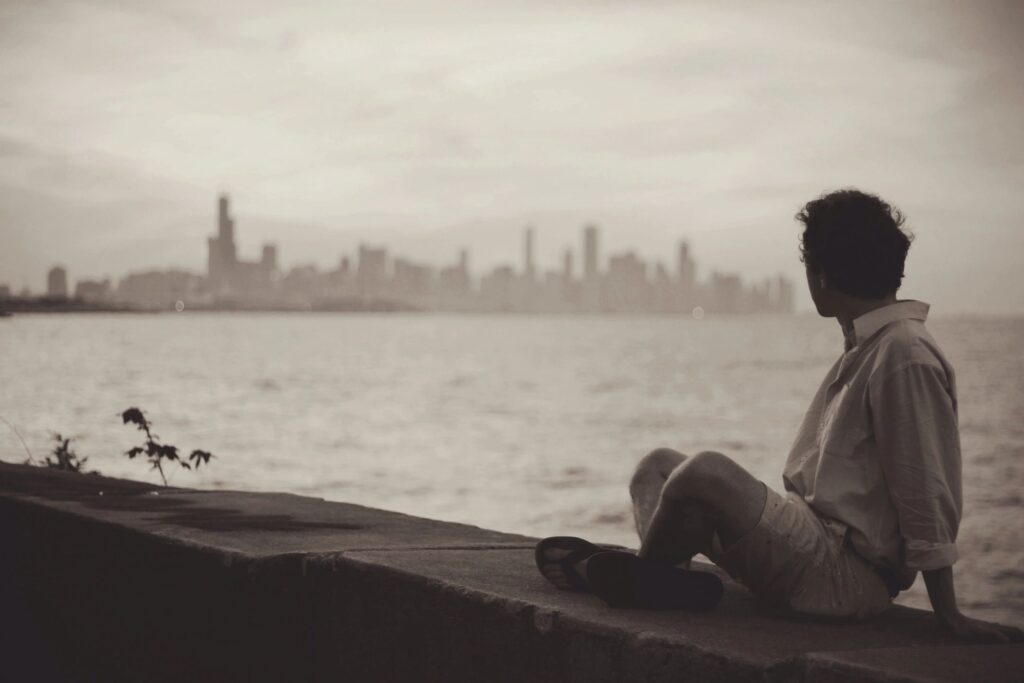
If a person stays stuck in this state for too long, eventually their adrenal glands (that produce Cortisol which is the movement/mobilizing hormone) get too tired and stop functioning normally. Everything sort of slows down or shuts down, and the end result looks like what we call symptoms of Depression. Low mood, low energy, lack of zest for life, low interest in activities that used to be fun. Just flat. Many people who end up in the Depression zone experience a sense that their life lacks purpose and meaning and they wonder if life is even worth living. This is a very dark and bleak place to be and unfortunately, some people reach a level of hopelessness in which they don’t see a way out other than ending their own life.
Hopefully, though, as mental health and psychotherapy become prioritized and normalized, people will seek help more quickly instead of waiting until they are in a severe crisis state. If you are reading this and having suicidal thoughts, please reach out immediately for help. Here are two mental health crisis lines: 988 (local for Baltimore area), and Grassroots 410-531-6677 (open 24/7). There are people on the other end of the line who can support you right now and help you connect with services, or even just to listen if you need someone to talk to.
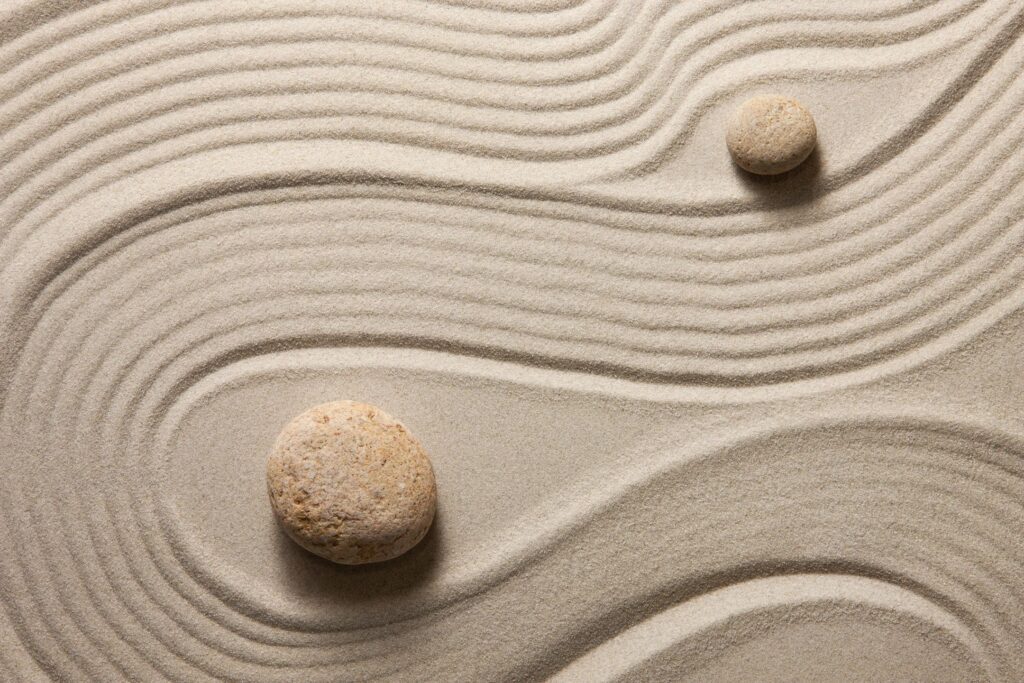
More information about treating Anxiety and Depression:
To treat Anxiety, you have to slow things down since everything has been “sped up” due to the Cortisol reaction. Slow, deep breathing, Restorative yoga, Yoga with slow movements, or Thai Ch’i which is also slow are all very effective. The slow, deep breathing is the #1 way to start to regulate your nervous system. However, it can’t be sporadic, like once a day for 5 minutes. It needs to be throughout the day, as much as possible. When your nervous system is used to being on “high alert”, it takes consistent, concerted and mindful effort to calm it down and let it know that you are okay now and that the war is over. The nervous system doesn’t respond to words or logic; it only responds to body language which includes breathing. It’s actually the perfect example of “fake it til you make it.” Taking slow, deep breaths in and out through the nose is the quickest way to calm yourself down. Repetition and frequency are vital with breath practices. If you do a calming breathing technique for 1 minute, 20 times per day, that’s much more effective than once a day for 20 minutes. Ideally, the goal is that over time, you will develop a level of awareness connected to your breathing that will be tracking and monitoring your breathing even when you are distracted by other activities.
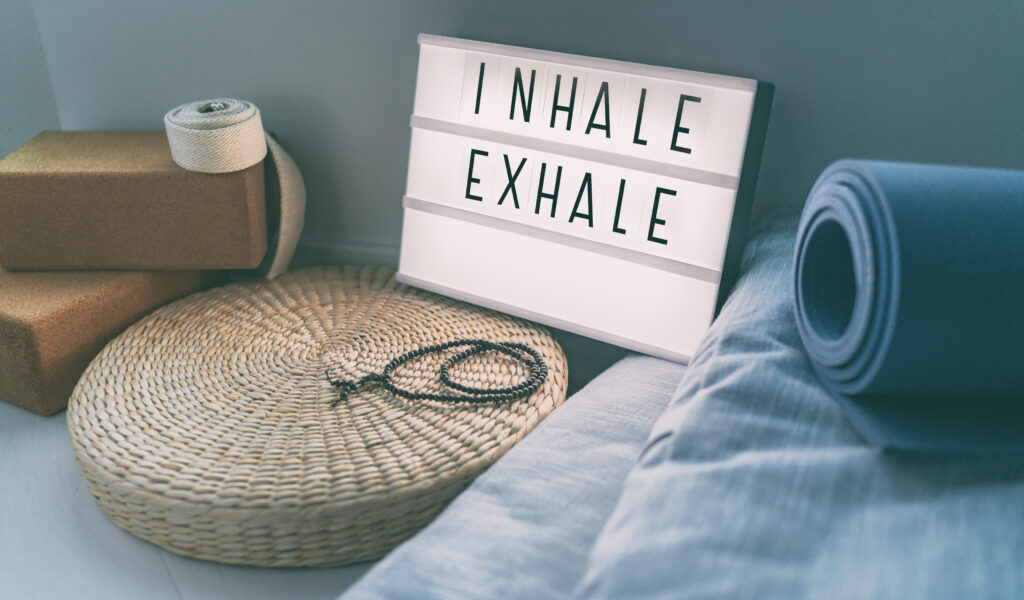
When working with anxious clients, I routinely teach calming breathing techniques in therapy sessions to make sure they are doing it correctly. When done correctly, calming breathing techniques work quickly and effectively and it’s important to know what to do and not just guess. I like to use at least one full session to go over several different breath practices and to get feedback from the client about each of them. Additionally, I like to explain the science behind the techniques so the client fully understands how they work to regulate the nervous system. If you are curious to try a calming breathing technique you can check out this short video. If that one is too difficult for you, try this one instead.
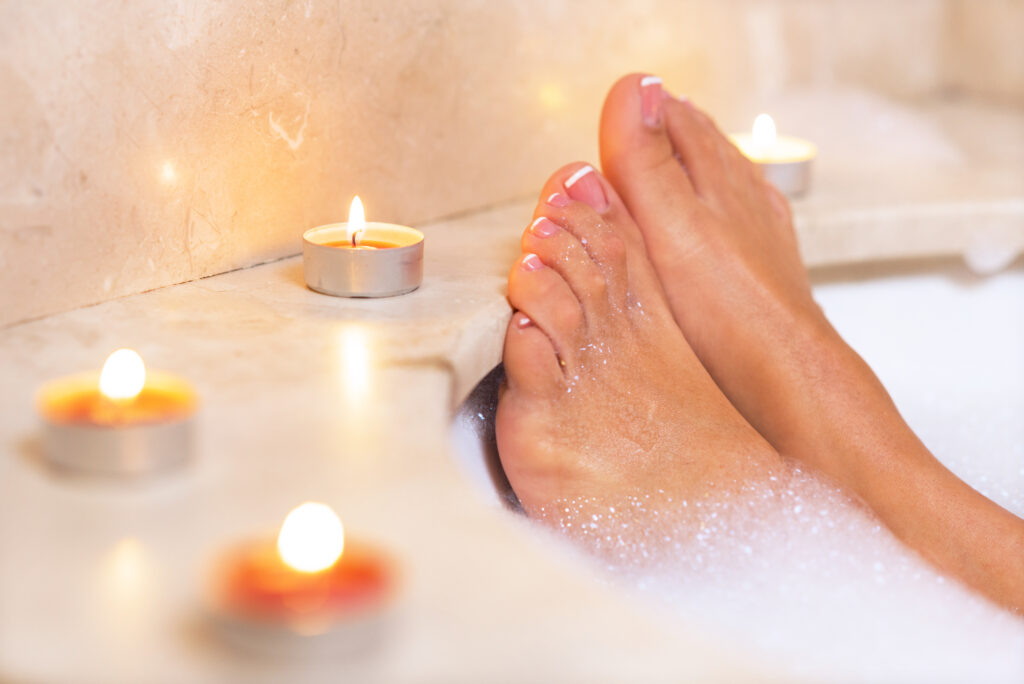
In general, “warm” is good to help anxiety as well. A warm shower or bath, warm comfortable pajamas or slippers, and holding a cup of warm tea are all good ways to calm the nervous system. The idea is to be as comfortable and cozy as possible. Sort of a “womb-like” atmosphere. Swimming in warm(ish) water can also be very helpful since it’s soothing and rhythmic and requires you to take deep breaths. And singing, since it requires deep breaths and long exhales, calms the nervous system as well. So next time you are taking a hot shower, try singing! Another modality that many people find helpful for anxiety in general is acupuncture. I’m not an acupuncturist but I am giving it my amateur endorsement anyway. The thing about acupuncture though it that you really need to have multiple sessions per week for a while to see the results. Over time, you can decrease the frequency but at first, more is better. This may be logistically or financially prohibitive.

On the other side of the spectrum, to treat Depression you need practices that “jump start” the nervous system without overloading it. On the physical, nervous system level, “cold” is great for helping ease depression. Movements that alternate left and right are great for getting both sides of your brain more fully engaged in an activity, so if you combine that with “cold”, you get…. ice skating or walking in cold weather. These are both great practices to do if you have mild to moderate Depression. Also, for the last 30 seconds (or more if you can handle it) of your shower, try turning the temperature a bit cooler, little by little so that over time, you can tolerate a much colder temperature at least for the last 30 seconds. Cold wakes you up which is what is needed since Depression is like a flat-lined nervous system.
There are also energizing breathing practices that are great to do first thing in the morning if you are sluggish and having a hard time getting moving. These breath practices often have a physical component to them which gets the blood flowing and increases oxygen to the bloodstream. Check out Breath of Joy or a slightly longer version if you are curious to try something. This is my favorite one and I do this with clients in session regularly. I don’t recommend running or anything doing any kind of exercise that is extreme or strenuous. Remember, your nervous system has already been overloaded and your adrenals are depleted, so only mild to moderate exercise at the most is best. Restorative yoga is one of the best ways to provide support to the adrenal glands and start to “recharge” your batteries. See my blog about Restorative Yoga if you want more information about that.
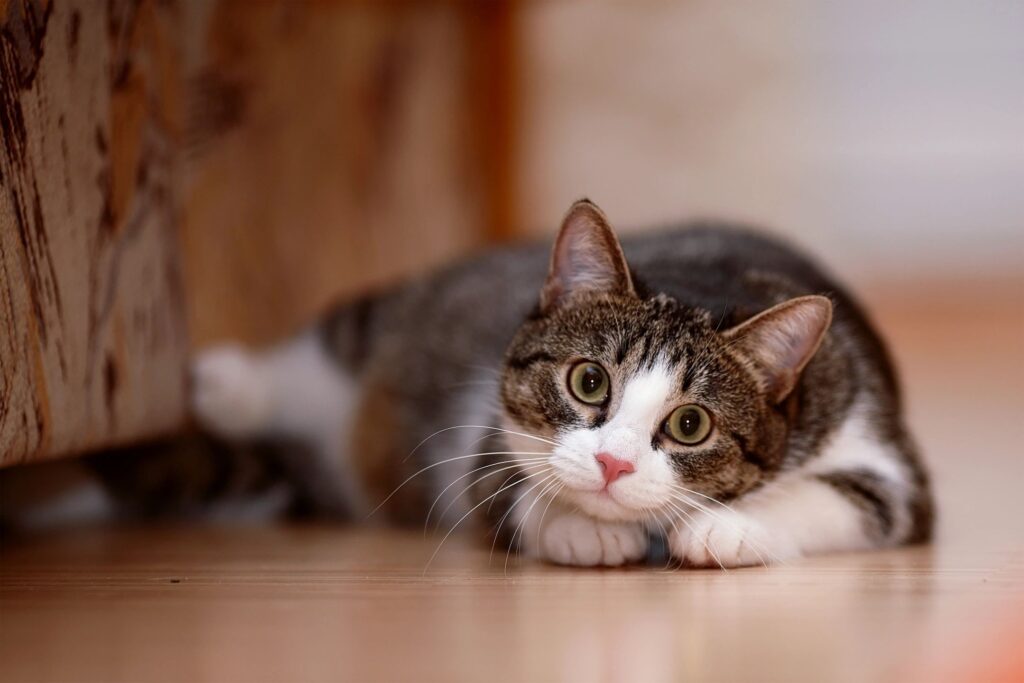
The other aspect of Depression that needs to be addressed is the feeling of lack of meaning or purpose. The anecdote to this is rather simple: find a way to volunteer with a population or non-profit that you want to support. When we engage in life and connect with others in a meaningful way, we start to see that there is meaning and power in our actions. How we treat others impacts the world, so if you choose to put some time and energy into something you care about, you will create the meaning and purpose you are looking for. I can think of several clients who were struggling with Depression and here’s how they found meaning in their lives: one volunteered at a local animal shelter and helped screen potential pet owners to make sure they would care for their pet responsibly. Many of the animals at the shelter had been mistreated or abandoned, so it was meaningful to the client to help make sure these animals found a loving home. Another client volunteered at a local hospital in the NICU and her job was to hold babies who were born premature and had a lot of health issues. Holding a baby is so powerful since humans need connection and we wouldn’t survive without physical touch. Not only was this so important for the babies, it was important for the client to connect with another being in a simple yet so powerful way. Every time she left the hospital, she felt a sense of purpose and meaning which was an important component to helping her out of the Depression.
There are 2 other non-medication methods to treat Depression that I want to briefly mention but I’m not an expert on either of them: one is ECT (formerly known as “electro shock therapy”): and the other is TMS (Transcranio Magnetic Stimulation). Usually these two more invasive methods are recommended if you’ve tried multiple types of medications and haven’t responded well to them. If this is the case for you, then you may have what’s called Treatment Resistant Depression and you’d be a good candidate for ECT or TMS.
Here are some simple things you can try to incorporate into your daily life that will help with Anxiety and Depression: engaging in a creative activity (even when you don’t really feel like it) such as cooking, arts and crafts, collaging, playing music, singing, doing a DIY project, walking outside with a friend perhaps near water or a favorite place in nature, journaling, and mild to moderate exercise (swimming, walking, beginner’s yoga, dancing). Laughing really hard is a fabulous way to boost Dopamine and improve your mood. Cuddling with a loved one or a pet is a great way to decrease anxiety and product Oxytocin, the bonding hormone. For more ideas about how to develop healthier habits that improve Anxiety and Depression, check out my blog on creating a Comfort Routine.
I also want to mention the importance of good self-care and the direct impact lifestyle has on our mood and how we feel overall. What we put into our bodies really REALLY matters! For example, although alcohol may make you feel giddy and more relaxed in the short term, in the long term it will increase symptoms of Anxiety and Depression. Alcohol initially calms the nervous system but then there’s a “rebound” effect afterward unfortunately and Anxiety can worsen. Alcohol is also a depressant and over time, will worsen your mood in addition to making you feel lethargic the next day, thus making it hard to exercise or do something healthy for yourself. Stimulants like caffeine and nicotine can increase feelings of nervousness since they activate the adrenal glands which produce stress hormones. Finally, sugar, while it tastes so good and gives you an energy boost temporarily, will eventually cause a “crash,” leave you feeling tired and irritable and wanting more sugar. This crash isn’t good for your mood at all. I recommend gradually cutting back on these substances with the eventual goal of not consuming them at all. I know that may sound a bit extreme, but I’ve found that the long term benefits of a healthy lifestyle far outweigh the short-lived pleasant effects, and our mood is directly impacted by what we do or don’t put into our bodies. Even something as simple as increasing water consumption can improve your mood and energy level significantly.

Making lifestyle changes can feel daunting, challenging, and even boring, but I promise the results are worth it! ANY steps count, even tiny ones. As long as you are moving in the right direction, that’s what’s important. Your body is your temple and it’s up to you to take care of it. Start by picking one thing to work on and then take small steps toward that goal. If you are serious about boosting your self-care and want more support, I recommend having a consultation with a functional nutritionist or naturopath to talk about a healthy food plan that works for you. Fad diets aren’t sustainable; you really need a long-term lifestyle change that you can stick with. There are also plenty of natural supplements and herbs that can help with Anxiety and Depression. While some folks will tell you to be wary since natural supplements aren’t well regulated and are only FDA approved as foods, I have still found value in some of them and if you buy them through a reputable source (usually directly from the nutritionist), they will be much better quality than a lot of the brands on the shelf.

In closing, these are my thoughts on treating Anxiety and Depression without medication. I hope you found something helpful in this blog and I encourage you to try some of them on your own and decide for yourself what works best for you. Usually a combination of things is more effective than just one, and therapy is always a good addition whether you are taking medication or not. If you have tried some of the natural methods mentioned in this blog and are still experiencing troubling symptoms of Anxiety or Depression, then I would recommend seeking out a psychiatrist or taking to your primary care physician about medication. Ketamine recently got FDA approval for off-label use to treat Depression especially for folks who haven’t responded well to traditional anti-depressants which is hopeful and promising because there are fewer side effects overall with this medication. The purpose of medication is not to make you feel happy all of the time. Rather, the goal of medication is to have you experience a normal range of human emotions that are manageable instead of debilitating. Medication can be necessary and you don’t want to wait until you are in full crisis mode to at least get information and connected with resources. Sometimes it’s helpful just to talk with a psychiatrist to discuss your options and concerns about side effects. Medication is not a substitute for therapy though, so please don’t hesitate to reach out to me to schedule a free consultation if you are interested in therapy as well!
